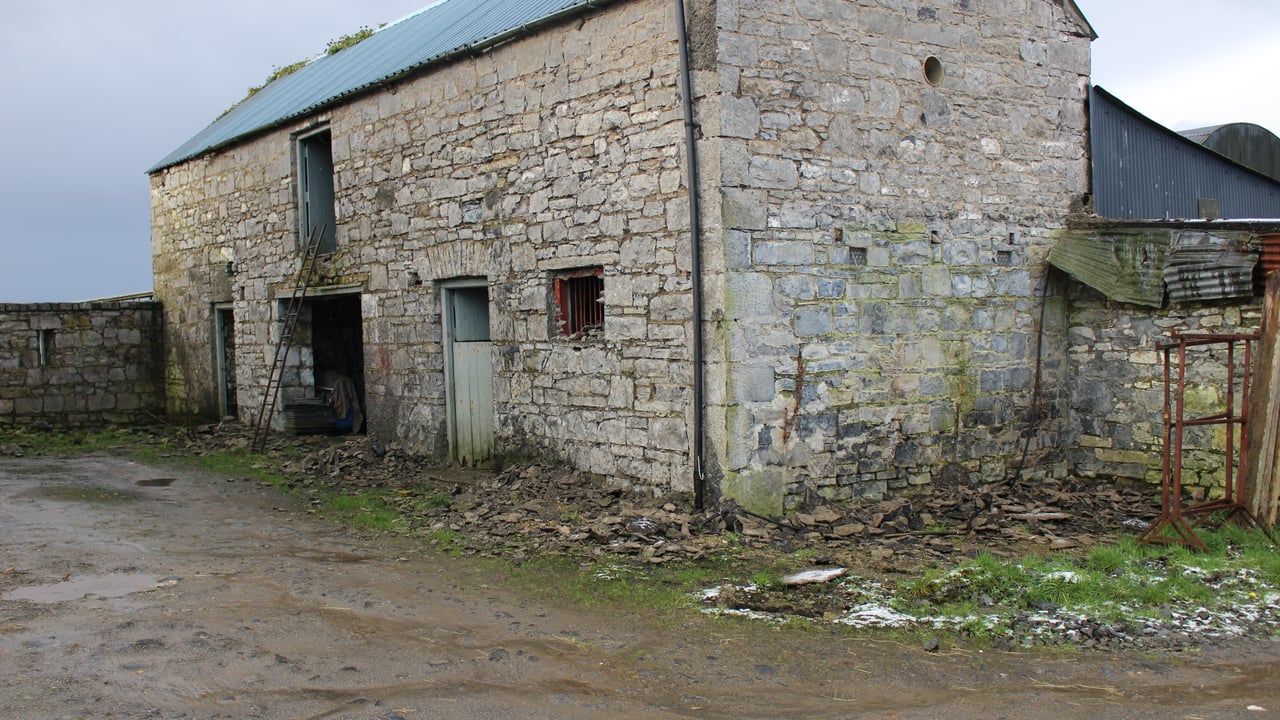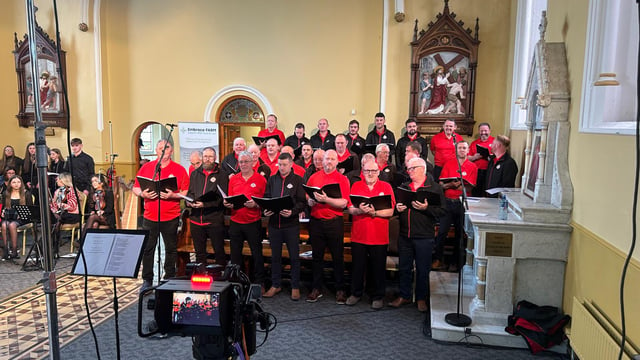70 traditional farm buildings secured grant aid in 2023
70 buildings, along with several other related farm structures, were allocated funding under the Traditional Farm Buildings Grant Scheme in 2023.
The scheme, run by the Heritage Council in partnership with the Department of Agriculture, Food and the Marine (DAFM), aims to support the conservation and protection of ordinary buildings used in agriculture.
The initiative focuses on the retention, repair and reuse of existing materials not just for their heritage value, but also due to the durability of many historic building materials.
According to the Heritage Council annual report for 2023, the total expenditure on the scheme, funded by DAFM, was €1.25 million last year.
The maximum available grant was increased in 2023 to €30,000.
Participation in the scheme was expanded to those in Agri-Climate Rural Environment Scheme (ACRES), European Innovation Partnerships (EIPs) and the Organic Farming Scheme (OFS).
The Heritage Council said that some "noteworthy wildlife discoveries" were made on two separate projects in Cavan.
A barn owl nest with four chicks was found in the roof of a late 19th century hay barn at Lakeview Organic Farm.
The same ecologist also discovered that Griffith Lodge and Farm, also in Cavan, was a very important site for bats, with seven species recorded on site.
As previously reported by Agriland, a total of 176 applications have been submitted to the Heritage Council for the 2024 Traditional Farm Buildings Grant Scheme.
This year's scheme received an increased budget of €1.5 million from DAFM, with available grants ranging from €4,000 to €30,000.
The funding will cover up to 75% of the cost of conservation work to traditional farm buildings, including roofs, walls, structural repairs, windows, and doors.
The scheme is also available for other related farm structures, including historic yard surfaces, walls, gate pillars and gates.
The annual report shows that total income for the Heritage Council stood at almost €15.6 million in 2023, a 15% increase on the previous year.
This income included government grants totalling €14.8 million, up from €12.1 million in 2022.
The council had a total expenditure of just over €15 million last year (2022: €13.8 million).
Of that total, grant funding issued by the council stood at nearly €8.2 million, which marks a 24% rise on the 2022 figure (€6.6 million)
Last year, 16 biodiversity officers were appointed to new roles in local authorities around the country.
The Biodiversity Officer Programme aims to ensure a biodiversity officer is employed by every local authority by the end of 2024.
The officers will work at the city and county level collecting data on biodiversity, carrying out conservation projects, developing policy, providing advice and information and raising awareness.
The programme, which had a budget of just over €500,000 in 2023, is being led by the Heritage Council which provides funding for the salary costs of each officer.
The Heritage Council also provided over €1.1 million in 2023 to the National Biodiversity Data Centre, which has become a company limited by guarantee.
The centre acquires, collates, validates and makes available data in respect of Ireland’s biodiversity in order to document wildlife resources and monitor and record changes over time.
The annual report shows that the budget for the Community Heritage Grant Scheme increased from €1.5 million in 2022 to over €1.6 million last year.
This scheme supports projects that improve access and inclusion to heritage sites, projects that apply good heritage practice to the management of places, collections or objects (including buildings), and supports the purchase of essential equipment.
149 applicants were offered grant funding under the scheme in 2023, an increase of almost 10% on the previous year.
Among those projects was ReWild Wicklow, a peatland restoration project at a site in the Wicklow Mountains called Barncullian Ridge.
The Heritage Council said this project will have "multiple benefits to water quality, climate change mitigation and biodiversity".






